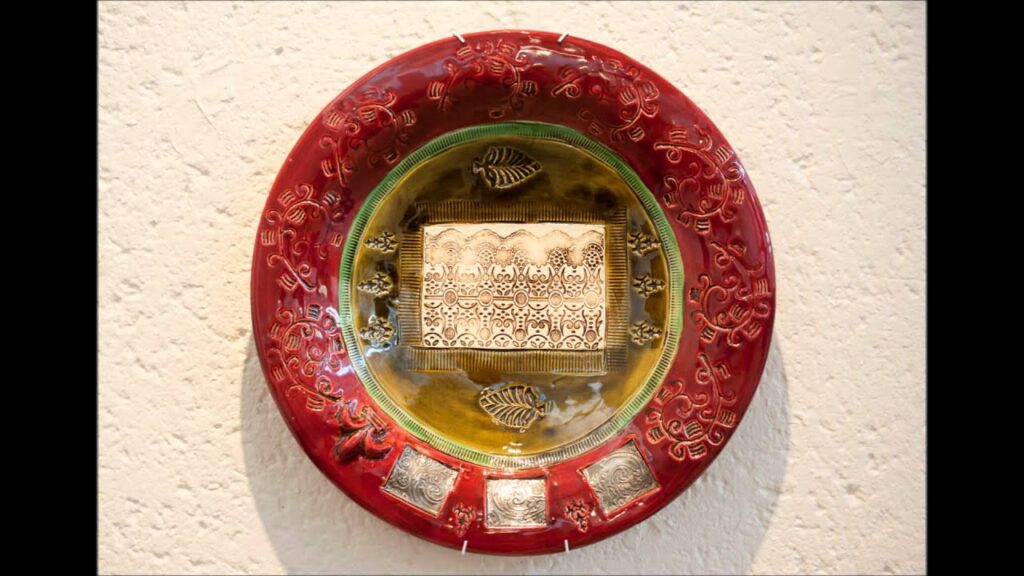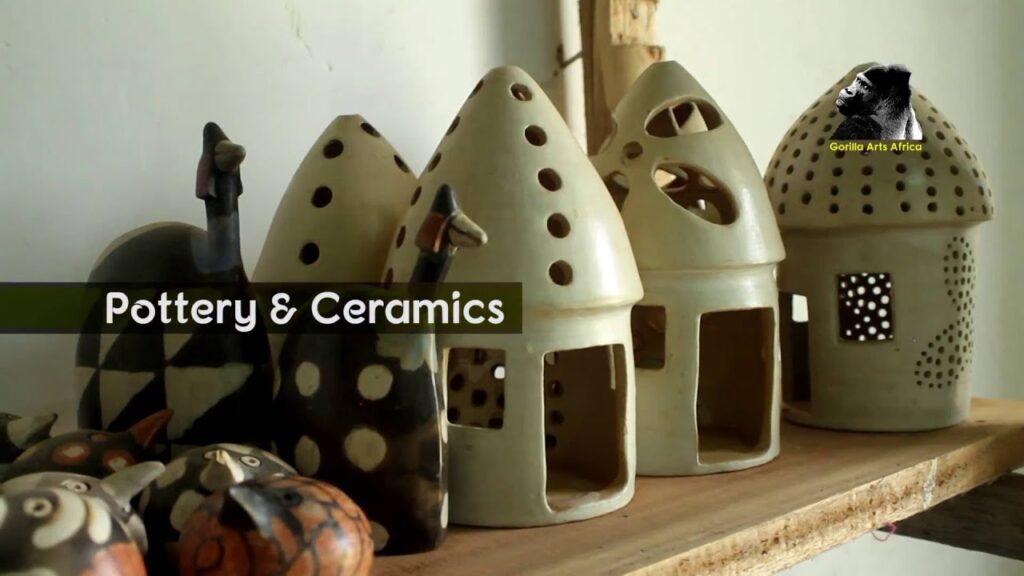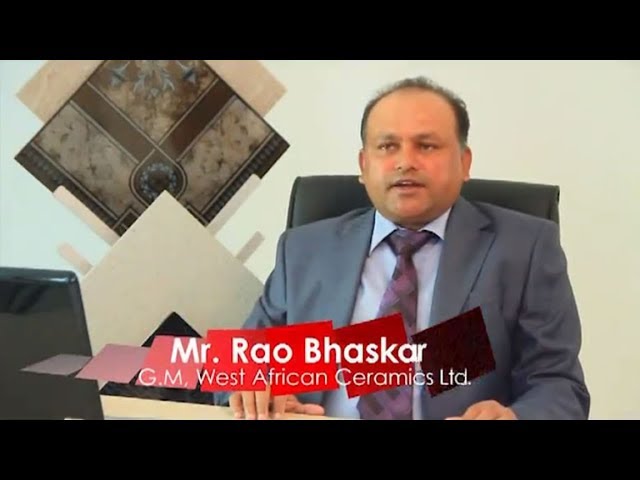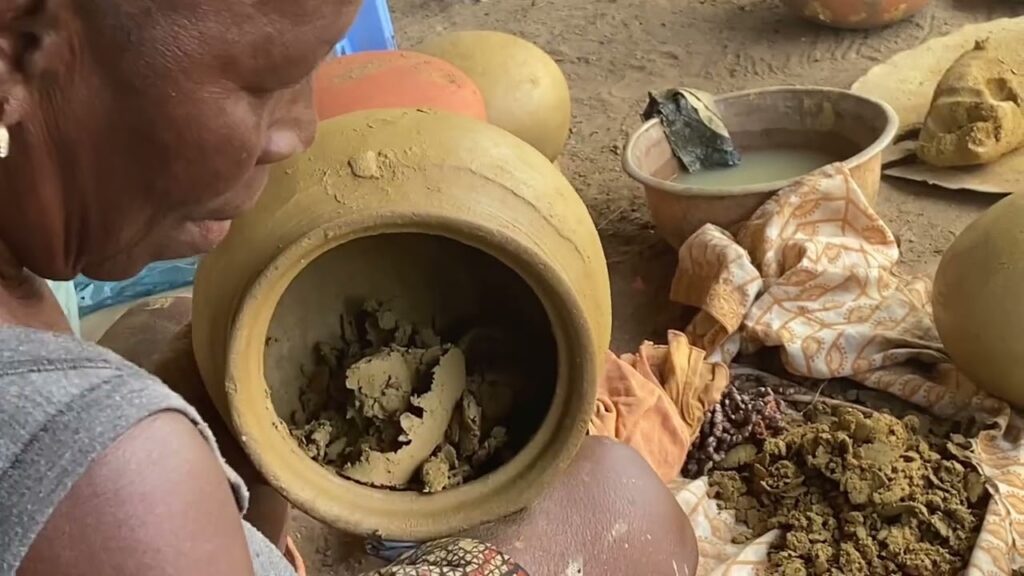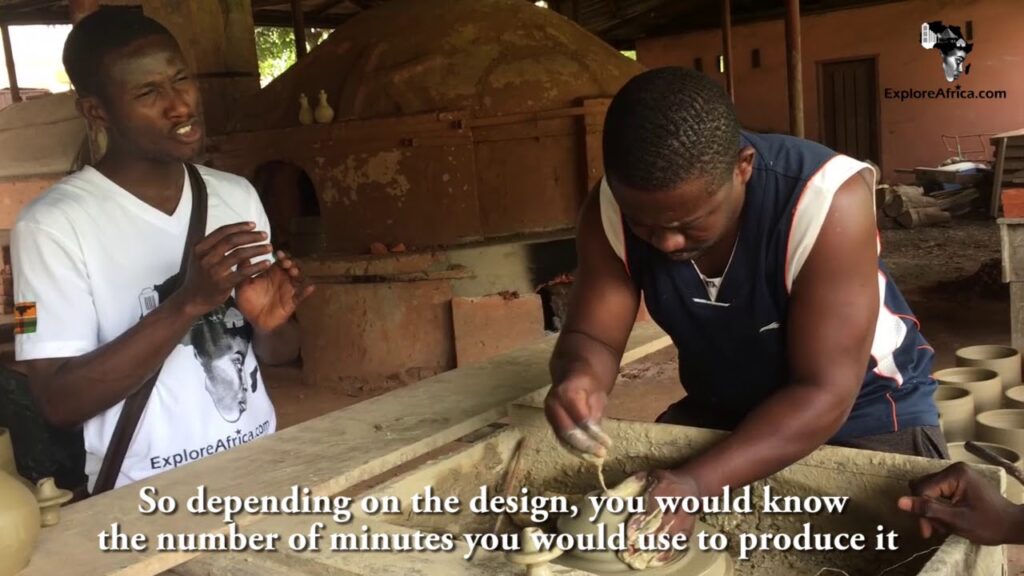Ardmore Ceramic Art produces a wide range of captivating South African art to life in the picturesque Caversham Valley in South Africa’s Natal Midlands.
South Africa’s most recognisable and collected ceramic art brand, Ardmore Ceramic Art was established by Fée Halsted on Ardmore Farm in the foothills of the Drakensberg Mountains of KwaZulu-Natal. Today you’ll find the bustling studio and gallery in the picturesque Caversham Valley in South Africa’s Natal Midlands.
“It all started in 1985”, says Fée. “It began with a young lady called Bonnie Ntshalintshali… and we started by making moulded ducks which we hand-painted, and from there we moved into stories about Zulu culture and history. Storytelling is a big part of Zulu culture, as well as working with clay.”
Working in the Caversham studio, with the beautiful Natal Midlands for inspiration, Ardmore is a skills development hub for local communities and provides a workplace for the creative minds of the area. Over and above the undoubted aesthetic value of the pieces, each product conveys an interpretation of the Zulu oral tradition in the area and, as such, becomes a piece of history. The artists also use the medium as a means of expressing their sentiments on a host of social issues.
“From 1998, into the 2000s, we started losing a lot of artists to HIV/AIDs – in fact, sadly, Bonnie was one”, says Fée. “And the artists took this up on their own and started making incredible works – the works on HIV/AIDs have travelled the world. It’s an incredible collection of work of which I’m incredibly proud”.
Designed in the Ardmore Ceramic Art Studio, each handmade and one-of-a-kind ceramic has been created by the marrying of two skilled artists – a sculptor and a painter, both of whom sign the piece. Working in the true African spirit of Ubuntu, exquisitely handcrafted and highly detailed figurative works and functional ware are created by more than fifty artists who draw on Zulu traditions and folklore, history, the natural world and their own lives for inspiration.
Catherine Berning, Head Designer at Ardmore, leads translating designs to a blank canvas for a range of products from scarves to tablecloths. Ardmore’s broad range of products are up for sale in the company’s official gallery, where items are arranged by theme.
Speaking of the impact of the lockdown, Fée adds that “COVID has created a situation where the artists weren’t allowed on site. They had to go and lockdown in Lidgetton, and we had to adapt and use this subject matter.”
In 2020, Ardmore presents its one-of-a-kind scented candle to commemorate a year when the world came together, while the people stayed apart. To create the candle, Ardmore artists selected African animals and designs to symbolise characteristics needed in times of adversity – intended to fill homes with the scents of wild Africa: Cape May, Buchu and Geranium.
Ardmore participates in an ongoing calendar of exhibitions and continues to produce products ranging from ceramics, prints, designs, and fabrics as well as bespoke furniture, soft furnishings and tableware that sell from New York to London, and everywhere in-between.
Website: www.theinsidersa.co.za
Facebook: www.facebook.com/TheInsiderSA
Twitter: www.twitter.com/TheInsiderSA
Instagram: www.instagram.com/theinsidersa
#TheInsiderSA


